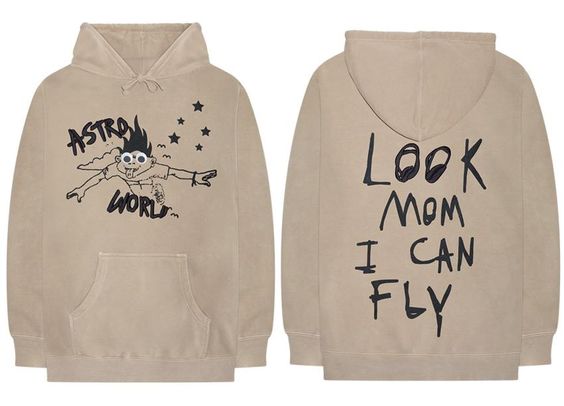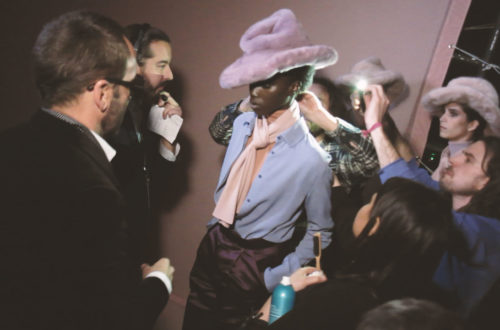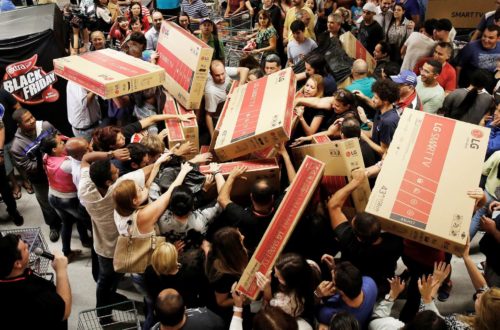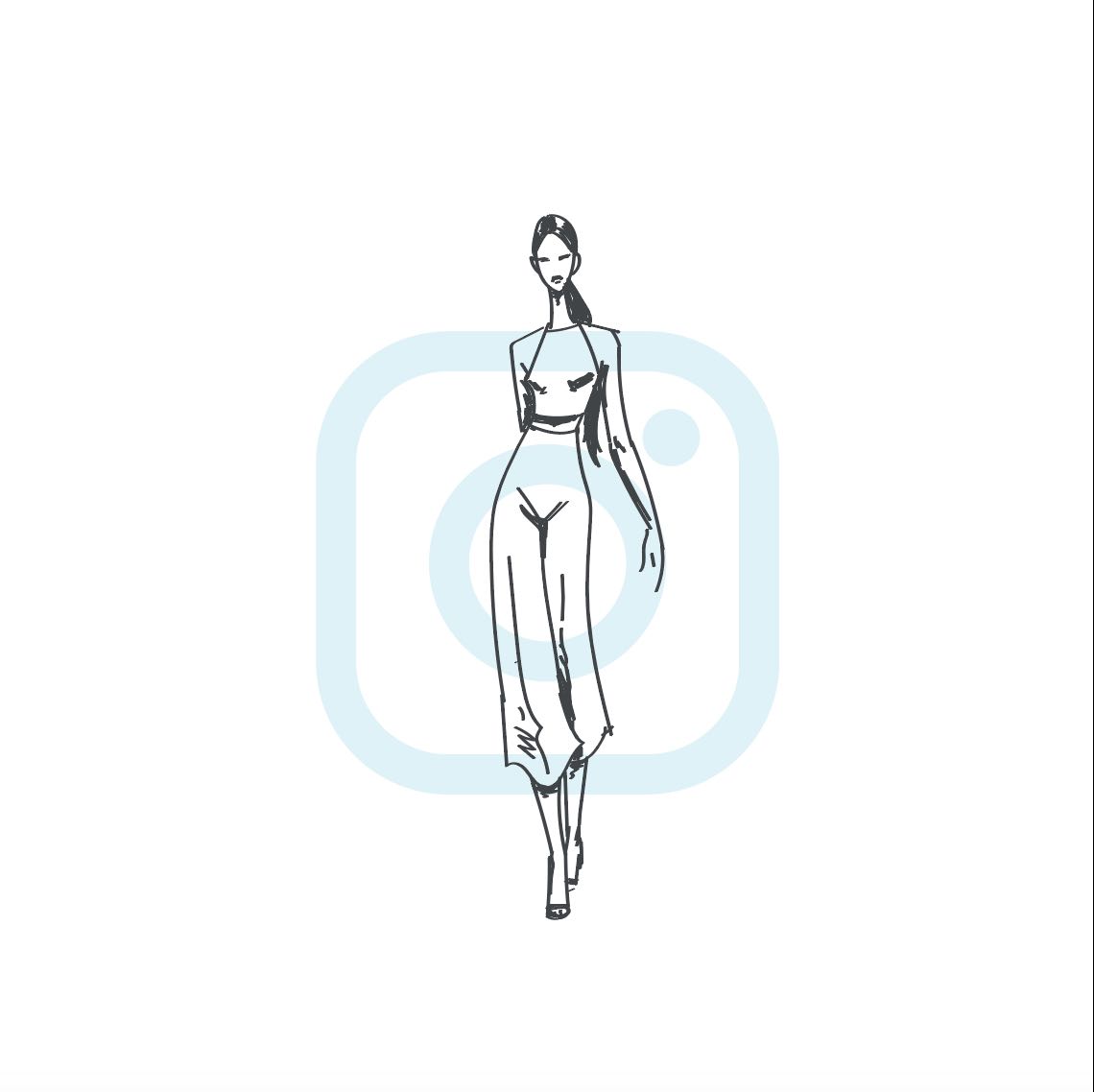Concert ‘merch’ has always been a feature of artist’s careers. Hoodies, t-shirts, jackets, hats and other garments have been decorating the entrance of concert venues with pop-up stores since the beginning of concerts and tours. But now with the rise of digitalisation, this business it taking on a strikingly new importance and is becoming one of the main attractions of the show.
It is easy to see that the perception of these clothing items have changed, but they were always an important player in the created identity of people. Entire subcultures exist solely based on the musical choices of individuals, and their aesthetical choices reflect their taste in music. Now, especially with the emergence of social media, we have a place to let a wider audience know who we are, and building a personal brand is easily accomplished though music. Posting about favourite songs or albums has become the norm, and a photo wearing some new and exclusive merch is the cherry on top to share your personality with followers.
There is also the digitalisation of the entire music experience, which also adds to the importance of merch in the digital age. We now hardly ever buy physical copies of CDs or vinyls, and if we can’t make it to a concert, we can conveniently follow it through our phones or computers. So this means it is becoming ever more important for artists to be able to keep a physical interaction going, and to keep their presence on this multiplicity of platforms.
Of course artists picked up on this demand, and teamed up with brands to create collections that have the potential to sell out within seconds. “You want to sell so much merch everyday that there’s nothing left to buy at every shelf,” said Karla Welch, Justin Bieber’s stylist. “I think that’s part of the formula. People want to wear something out of that show that says ‘I went to that show, look how cool my shirt is.’”
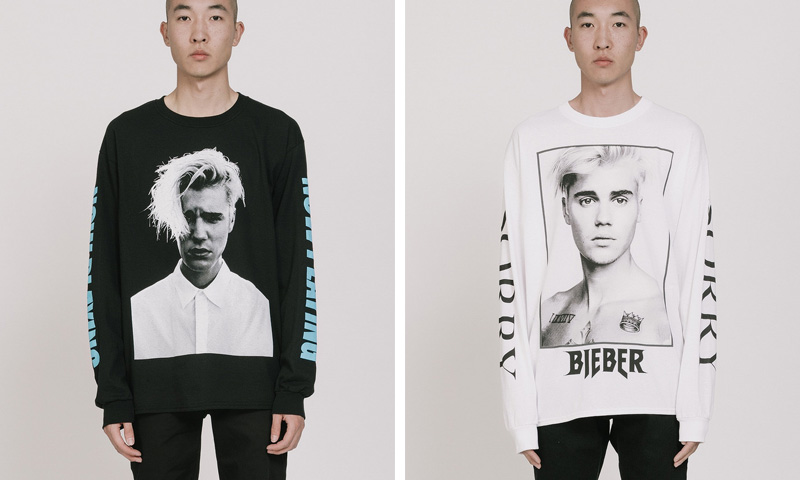
Justin Bieber had a great success in his merch line during his 2016 tour. After selling it at his own concerts, he made them available in Barneys New York, and then in Forever 21 and other mass consumption stores. Everyone could get hold of them and wear them on their Instagram posts, creating prestige and a sense of belonging for them, advertisement for the store, and added revenue for the artist.
Another great example is Kanye West’s products that he created in collaboration with Bravado, a music merchandise company acquired by Universal Music Group that has worked with countless artists from The Beatles and The Rolling Stones to Travis Scott and The Weeknd. The company was behind the creation of 21 pop-up stores for Kanye’s The Life of Pablo Project.
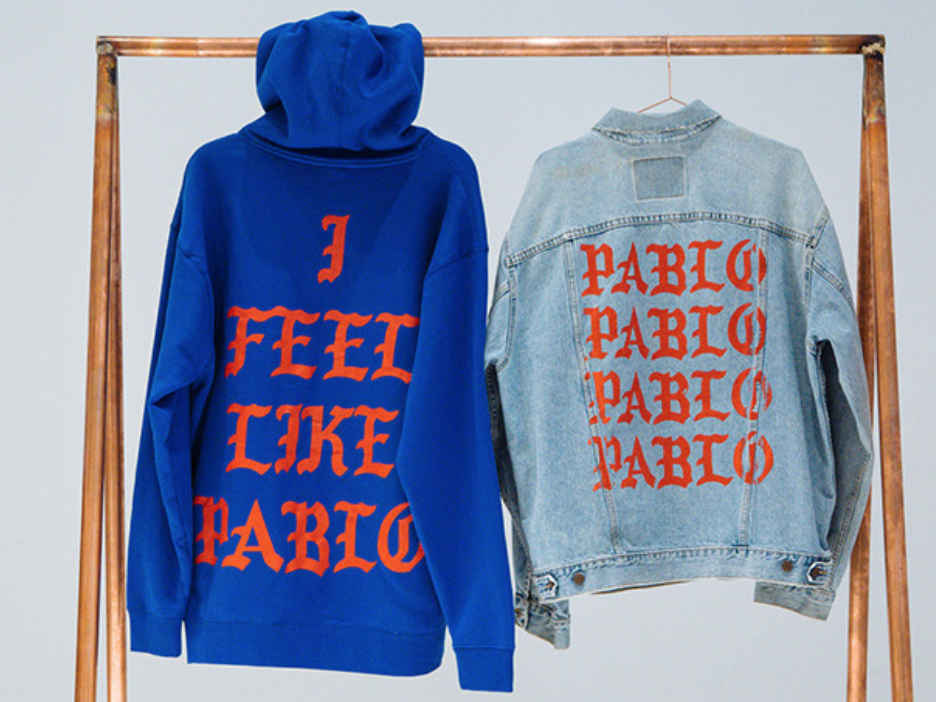
“More than ever, an artist has to focus 100% on every single aspect of their business,” says Matt Vlasic, the CEO of Bravado. “10 or 15 years ago, you could focus on the music. If you didn’t want to think about how your brand was portrayed in apparel, or other consumer products, you didn’t have to.”
Thanks to this huge demand, their business is going great. Reported revenues 313 million euros in 2016, 13.4% higher from the previous year. And if we look at the whole market at large, we see the great potential of this part of the fashion industry. Globally, the market for promotional products reached 21 billion dollars in sales in 2016, up 2% from the previous year. And of course more than a third of it consists of wearables merch.
The increase of digitalisation has contributed to the growth of this market, and the desire of people to reflect their personalities in the online world and the need of artists to keep the physical connection to their listeners are the two main forces that drive this industry that doesn’t look like it’ll fade away anytime soon.
by Selin Hatunoglu

